During my earlier years as a staff nurse in a government hospital, I was assigned at the Delivery room for almost 3 months. I’ve seen different maternity cases,most of them are delivery cases and monitoring each patient from labor, delivery, and till post delivery.
Photo source: pregnant.sg
Immediately following the delivery of a newborn child, the umbilical cord is clamped and cut. And as the mother expels the placenta, it will be immediately discarded as medical waste.
Before, Placenta was the big thing, being used for beauty and cosmetic purposes. Neither did I now that the umbilical cord blood would be the next big thing, being very beneficial and important for future use because it has the richest source of stem cells. Researchers have discovered that umbilical cord blood is rich in hematopoietic stem cells, the immature blood-forming cells also found in blood and bone marrow. These stem cells have the ability to change into different cell types such as red blood cells, white blood cells, or platelets.
Recent researches have proven the life-saving effects of umbilical cord blood stem cells in many life-threatening diseases including leukemia. Comparing cord-blood transplants with current standard leukemia therapies, two new studies indicated that leukemia patients who require stem cell transplants but do not have bone marrow donors now have greater chances to proceed with the treatment through the use of umbilical cord blood cells.
In 2005, cord blood transplantation for a 9-year-old female diagnosed with acute myelogenous leukemia was performed according to Philippine Journal of Medicinev. The family had to search for one year before finding a cord blood unit in Japan that matches their precious child. The cost of the cord blood unit was about six-folds of how much it would have cost had they banked the child’s cord blood vi.
“Cord blood opens the door to provide transplants to thousands of leukemia patients who otherwise would not get a transplant,” said Mary J. Laughlin, M.D., of the Case Comprehensive Cancer Center in Cleveland, in an article published by the Journal of National Cancer Institute[i]i.
Mai Duong, a 34-year-old Vietnamese-Canadian mother is among the many patients diagnosed of cancer every four minutes. Leukemia – cancer of the body’s tissues that are responsible for forming blood including bone marrow and lymphatic system is among the top eight common cancers in the Philippines.
In 2005, the Philippine Cancer Society recorded 4,202 new cases, 2,243 of which is among males with 3.9 percent incidence rate while 1,959 cases were recorded among females with an incidence rate of 3.6 percent. With an average 5-year survival rate of only 25 percent, an estimated 3,498 deaths are expected with 1,863 in men and 1,635 among women[i].
Photo Source: medimoon.com
Normally, the body produces and grows the white blood cells in an orderly way. But for people with leukemia, their bone marrow produces white blood cells that are abnormal either in number or function.
The symptoms of the disease varies from fever or chills, persistent fatigue and weakness, frequent or severe infections, unexpected weight loss, swelling of lymph nodes, bruising or bleeding easily, frequently recurring nosebleeds, visible red spots, bone pain or tenderness and excessive sweating at night[ii].
Beyond the physical pain that leukemia patients experience, they are also susceptible to emotional stress and anxiety. And when it comes to the trauma and emotional pain, the patient’s family is no exception. Studies showed that anxiety and posttraumatic stress are common to leukemia patients’ families during and even after suffering from the condition. Researchers found that childhood cancer treatment has a long-term impact on parents and families, thus, highlighting the need for psychological interventions during and after the cancer treatment[iii].
But what gives the patients and their families a sense of hope for recovery is the life-saving effects of stem cell transplantation, including that from umbilical cord blood.
Like Duong, Ryan Foo is also among the many leukemia victims who conducted a nationwide search for bone marrow stem cells. Foo suffered from leukemia at a very young age and found hope of recovery after his baby sister, Rachel was born. Rachel’s cord blood was collected and was processed and stored in Cordlife’s cord blood banking facility. Ryan has been in remission following the successful transplantation in Singapore in 2002[i].
Laughlin, lead author of one of the two studies in cord blood technology published in the New England Journal of Medicine, also added that cord blood has two important advantages on bone marrow diseases.
Photo Source: www.natureasia.com
With cord blood, there is faster identification of appropriate units for transplant. This is important since some conditions require urgent delivery and thus, delays are something medical providers aim to eliminate. Also, with cord blood, patients are more likely to get acceptable transplants because of the higher possibilities in the matching of donors.
Laughlin also added in the same report that they are suggesting the expansion of national cord blood registries to improve access to cord blood and eventually provide patients with more chances of getting matches.
Today, Filipinos can now benefit from these breakthroughs in cancer study by banking their babies’ stem cell-rich cord blood. This unique, highly-advanced service is now available in the country through Cordlife Philippines’ umbilical cord blood banking service which helps parents protect their child from the dangers of life-threatening diseases including leukemia.
Photo source: www.holisticveterinaryhealing.com
“Stem cells are at the forefront of one of the most riveting and revolutionary areas of medicine today. While this could be a leap from the traditional treatments available, my fellow doctors and I do recognize cord blood stem cell transplantation as a standard form of treatment for various blood disorders, specially leukemia” Dr. Arvin Faundo, Medical Director of Cordlife Philippines.
With continuous advancement in cord blood stem cell applications, it’s imperative that parents seize the one chance to save their baby’s cord blood. It’s a big opportunity to protect your child’s long-term health and even other people.
For more information, download Cordlife’s FREE infopack @ www.cordlife.ph or call them at (02) 332 – 1888.
***
Sources:
[i] 2005 Philippine Cancer Facts and Estimates, Philippine Cancer Society. Retrived from: http://www.gmanetwork.com/news/story/151649/news/leukemia-facts
[ii] Mayo Clinic. Retrieved from: http://www.mayoclinic.org/diseasesconditions/leukemia/basics/symptoms/con-20024914
[iii] Retrieved from: http://psycnet.apa.org/journals/ccp/65/1/120/



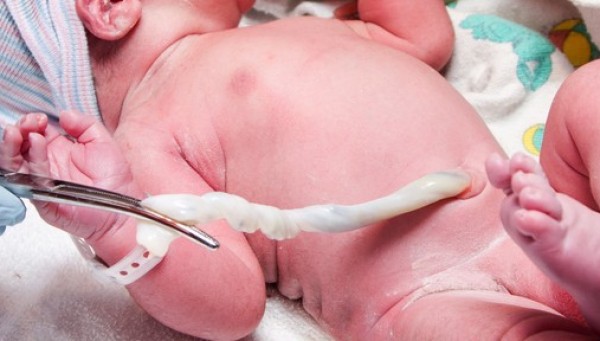

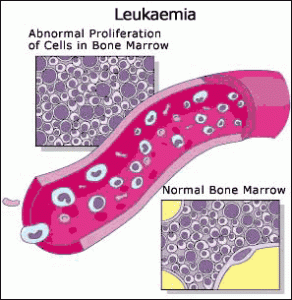
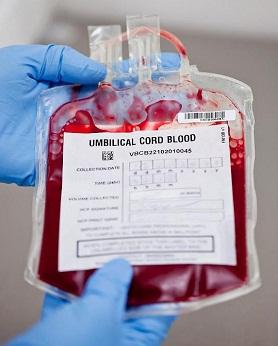
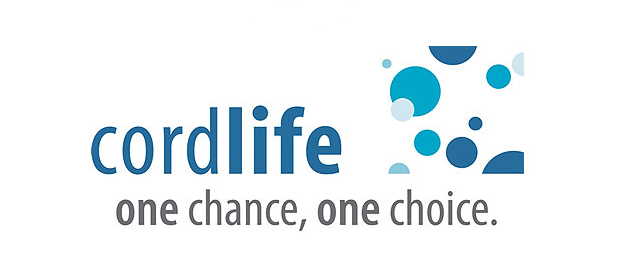
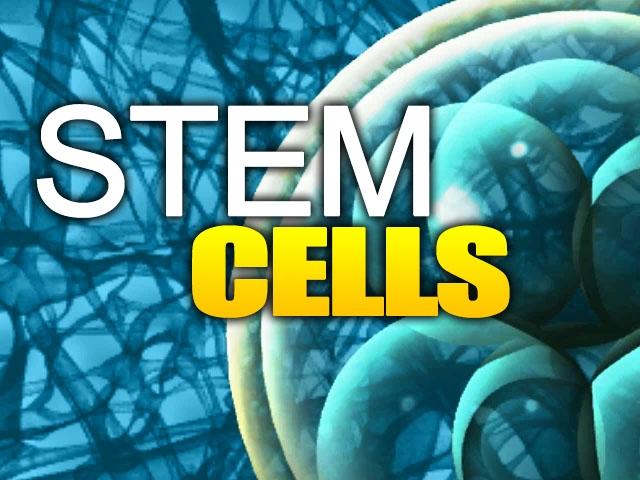





Leave a Reply